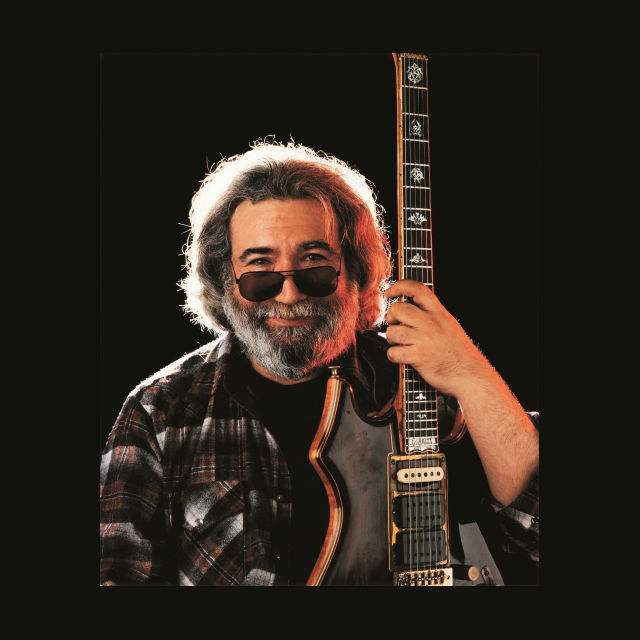Jazz Corner: Jazz Anecdotes II: An Encounter With John Coltrane
The American saxophonist’s playing had a certain mystique to it but it was always persuasive and gentle
The sharp, piercing look in the eyes of John Coltrane, that fixed, specific gaze was intense, focused and almost laser like. It had a sharpness that one could sense was piercing some armor to reach its destination. His photographs, particularly those from the last five to eight years””he died in his early forties””are testament to that intense search for something higher. If you look at the cover of the album””A Love Supreme you will know exactly what I’m talking about! The single mindedness, focus and passion in his eyes were a mirror to the inner urge he felt and expressed through his enchanting tenor saxophone.
I would be wrong if it seems that I am suggesting ferocity in his playing, far from it. Coltrane’s playing had a certain mystique to it but it was always persuasive and gentle, if urgent. Sure, the likes of Charlie Parker, Dizzy Gillespie, Clifford Brown and Miles Davis all reached their audiences with their sheer brilliance and eloquence of play but Coltrane seemed to be reaching for a further dimension; his playing in his later years had the quality almost of prayer. His was communication that went beyond the joy, pain or exuberance of the music he created. With Coltrane, it was a case of ”˜what you see is what you get.’ I had experienced this from, up close and up front in New York in February 1965.
Coltrane was playing at the famous jazz club Birdland and I, visiting the Big Apple for just that day, wasn’t going to miss that show. I had no inkling that it was to be the album release of his now famous album A Love Supreme! I had just gone to catch a live gig of JC.
It was a special event and several jazz musicians and other celebrities were present. Being alone, I was given a table for two nearest to the stage, no more than 10 feet away from the band. Jazz clubs in the Sixties were much more user-friendly. In the contemporary scenario, if one goes to a jazz club, one pays a “per set” entry fee with a minimum food and drink bill being mandatory. In 1965, these parameters simply didn’t exist and one entered the jazz club as one would any restaurant. I ended up staying there from seven in the evening till 4 am when the place finally shut. And it was an unbelievable experience.
Coltrane and his quartet played the four movements which make up A Love Supreme (If you haven’t heard it, I urge you give this album a spin). In his customary fashion, Coltrane took a long, searing, introspective solo on his saxophone and then, he came off the stage and asked me if he could join me at my table to hear what his band was doing!
I was not going to let this opportunity slip by and had a fairly long conversation with the man himself. (I will leave that discussion as a theme for another time). Different musicians played on that set with the Coltrane Quartet. Woody Allen brought out his clarinet and later Bill Cosby took over the drums from Elvin Jones. Sadly, Cosby has since ”˜drummed up’ a lot of negative publicity for himself. Other well known jazz folk also joined in. After the long opening set, a second band played a Latin set.
Amazingly, The John Coltrane Quartet returned thereafter and played some delightful jazz for the few people who were still there. The beauty and intensity of Coltrane was on display while he played “Naima,” “My Favorite Things,” “Invitation” and some other numbers. Yet, one couldn’t get enough of that Coltrane sound. Jazz and spirituality all rolled into one.
Years later, I came across a church in San Francisco called the St. John Coltrane Church. I attended a Sunday church service there and later spoke to the priest who conducted the service by playing jazz saxophone. Intrigued, I asked about this movement and he said, “St. Coltrane has showed us we can reach God through music. We truly believe that to be true.” Amen!
Sunil Sampat is a jazz critic and Contributing Editor of Rolling Stone India. Write to Sunil at jazzwala@gmail.com








